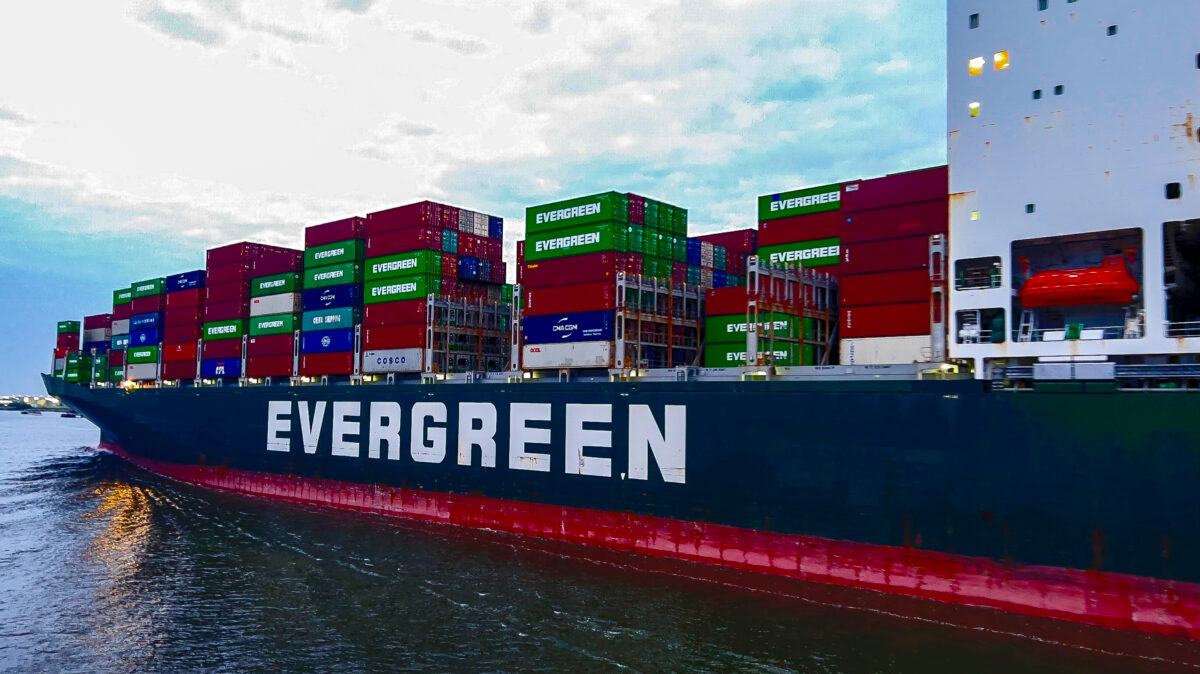Trade Remains Vital for America’s Farmers
Isabella Chism

photo credit: AFBF Photo, Mike Tomko
Isabella Chism
Earlier this year, I attended the North American European Union Agriculture Conference as a member of the American Farm Bureau Federation’s Trade Advisory Committee. I was one of seven in our delegation representing U.S. farmers.
On my family farm we grow corn for livestock feed, sweet corn and high-oleic soybeans. The other farmers in the group raise hogs, dairy cattle, beef cattle and produce. We met with farmers from France, Austria, Sweden, Mexico, Canada, Denmark, Finland and more. Discussions centered around trade challenges, desires to trade and frustration with government directives that fail to include farmers in the conversation. To say it was interesting would be an understatement.
I would describe it as the most exhilarating exhaustion I have ever experienced. I say that because this conference consisted of farmers talking to each other about challenges in dealing with regulations, mandates and consumer misconceptions. I discovered, when talking farmer to farmer, we have more in common than we have differences. Farmers across the globe want to do the best for their land, their family and the rest of the world.
Farmers across the globe want to do the best for their land, their family and the rest of the world.
In the United States, farmers continue to adopt new technology, which is changing the way we grow the food, fuel and fiber we all enjoy while protecting the natural resources we will count on for generations to come. A great example is new technologies in precision agriculture that enable farmers to create a more sustainable and reliable global food supply.
Precision agriculture allows farmers to deliver exactly what a plant needs, exactly when and where it needs it, in the exact amount. Simply put, the technology enables farmers to do more with less. Farmers can pinpoint pesticide, fertilizer and water needs down to the individual plant. This increases efficiency for pesticide and fertilizer use and helps avoid excess application, making it more environmentally friendly. Chemicals aren’t wasted and fertilizer is utilized by the plant rather than deposited in empty space where roots are not able to reach. Looking at the big picture – U.S. agriculture would have needed nearly 100 million more acres 30 years ago to match today’s production levels.
With the global population growing at a rate of approximately 75 million people per year, it is imperative that farmers around the world are able to grow the crops and raise the livestock that their land is best suited for. When U.S. farmers are able to produce what they are best at, the result is a better-quality product. Consumers in countries around the world enjoy that quality and variety while allowing American farmers to thrive.
We left the conference with a sense of encouragement and frustration for each other. Several of us are looking for ways we can support each other globally, but for now we know we are not alone.
I am thankful for this experience and realize how interconnected we are even living on different continents. On our farm, we are frustrated with some burdensome regulations, but now realize that farmers in other countries may face even greater challenges. It was also gratifying to learn that our farmer counterparts in other countries are interested in how U.S. farmers and ranchers tell their stories to elected officials and what a difference it can make. They were truly in awe of American farmers being willing to do this. I am proud of every member advocating for farm families across our nation.
Isabella Chism is a farmer and Farm Bureau leader in Indiana. She serves on the American Farm Bureau Federation’s Trade Advisory Committee and chairs the organization’s Women’s Leadership Committee.
Top Issues
VIEW ALL